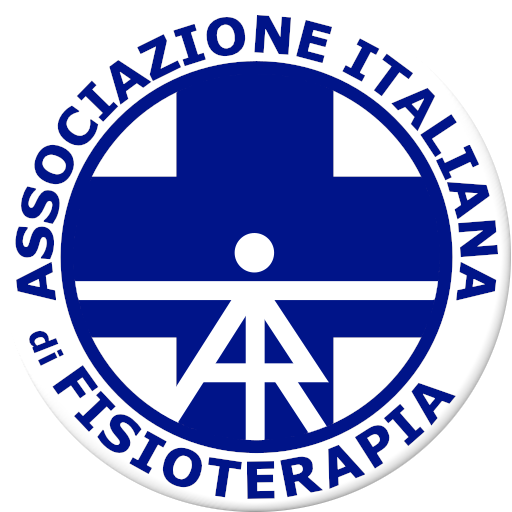Effetto dell’iniezione di tossina botulinica su misure cliniche e strumentali di capacità di cammino in pazienti post-ictus con piede equino. Studio prospettico di coorte.
Effect of botulinum toxin injection on clinical and instrumental measures of walking ability in post-stroke patients with equinus foot deviation. A prospective cohort study.
Introduction
Equinus foot deviation (EFD) is the most frequent lower limb acquired deformity in stroke survivors. It affects ankle stability during the stance phase of gait and hinders foot clearance during swing, increasing the risk of falling and reducing both participation and quality of life. EFD may result from several factors, including the presence of triceps surae spasticity. Botulinum toxin (BoNT-A) is the first-line treatment for spasticity and is typically associated with adjuvant treatments, inclusive of physiotherapy, to potentiate its effect [ 1 ]. This study aims to describe the effects of BoNT-A injection alone at the triceps surae of post-stroke patients with EFD on ankle ROM and spasticity, loading and propulsive abilities during gait, and on the patient’s overall walking ability.
Methods
Prospective cohort study. Inclusion criteria: hemiparesis consequent to a first stroke, >1 y from the lesion, age <80 y, ability to walk for at least 10 m without help, Modified Tardieu Scale (MTS) ≥ 1 at the calf muscles, treatment by BoNT-A at the triceps surae with no physiotherapy thereafter. Exclusion criteria: cognitive barriers, orthopaedic pathologies at the lower limbs, ongoing antispastic therapy. Patients were assessed 1 week before and 4-6 weeks after BoNT-A injection. Clinical assessment included: ankle maximum passive dorsiflexion with the knee extended and flexed (pDF_KE, pDF_KF), MTS score and spasticity angle (SA), walking speed, FAC, WHS, and RMI. Dynamic loading ability (DLA) and dynamic propulsive ability (DPA) were computed from ground reaction force (GRF) data [ 2 ]. DLA is the mean value of the vertical component of the GRF. DPA is the mean value of the positive part of the fore-aft component [ 2 ]. The Wilcoxon test was used to compare paired variables.
Results
20 adult patients with chronic stroke and EFD, 4F/16M, age 42 (15) years were included. In baseline, pDF_KE was -4 (7)°, pDF_KF was 4 (8)°, median MTS score was 2 in both conditions (KE, KF), spasticity angle was 9 (5)° at the gastro-soleus complex (KE) and 9 (7)° at the soleus (KF). FAC ranged between 3 and 4, WHS between 3 and 6 and RMI between 5 and 15. On average, pDF_KE and pDF_KF did not vary after treatment (p=0.15, p=0.54). MTS score and SA did not vary at the soleus (p=0.23, p=0.18), while a nearly significant improvement was found at the gastro-soleus complex for both MTS score, reduced by 1 point (p=0.065), and SA, reduced by 3° (p=0.053). Walking speed was 33 (12) %height/s before treatment and 36 (14) %height/s after treatment (p=0.173). DLA minimally increased from 66 (8) to 68 (9) %BW (p=0.053). DPA remained stable at 3 (2) %BW (p=0.68). FAC, WHS, and RMI did not vary (p>0.78). Walking speed improved in 6 subjects, was stable in 11, and worsened in 3 cases.
Discussion and Conclusion
A subset of patients only had an improvement after treatment, while the remaining subjects did not vary or even worsened. This explains the lack of statistical significance in the results. In our study, walking speed increased in only 1/3 of the patients after treatment, with limited or no effect on functional scales. On the one hand, this may depend on the lack of adjunctive physiotherapy following BoNT-A, which is instead recommended. On the other hand, a preliminary assessment of calf muscles by sEMG during walking might have modified the treatment selection, as in [ 3 ]. Finally, GRF-based indices can be a valid compromise to obtain an instrumental evaluation over time of the effects of BoNT-A with extremely low evaluation times and costs. Patient recruitment is ongoing to increase the sample size and the consequent statistical power.
REFERENCES
[ 1 ] Picelli A et al. Ann Phys Rehabil Med 2019;62(4):291-296
[ 2 ] Campanini I et al. Gait Posture 2009;30(2):127-31
[ 3 ] Ferrarin M et al. Eur J Phys Rehabil Med 2015;51(2):171-84
